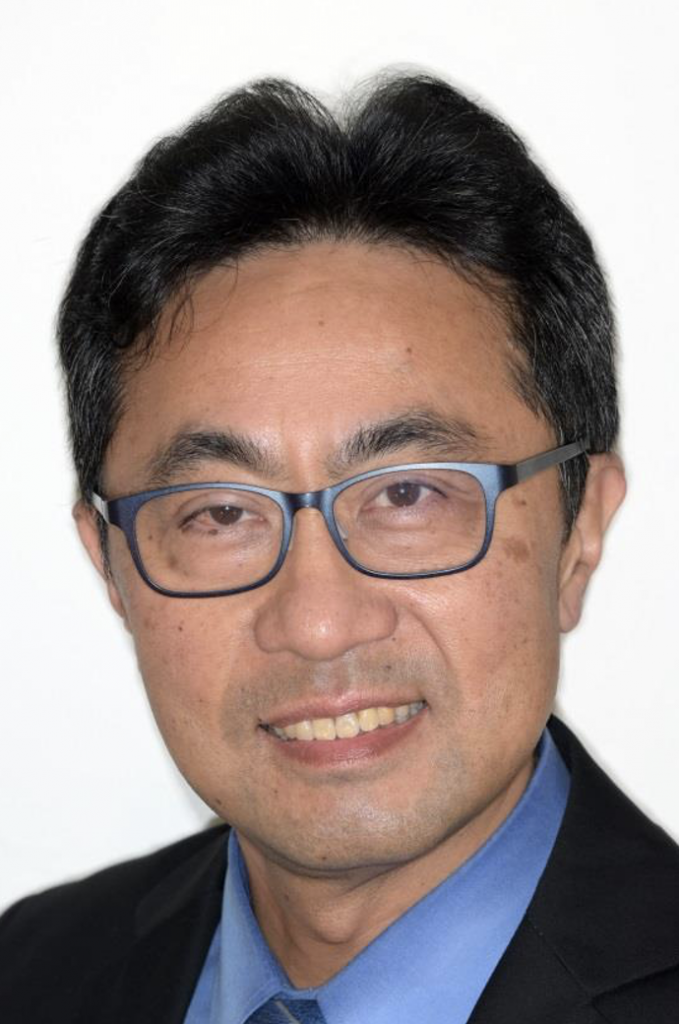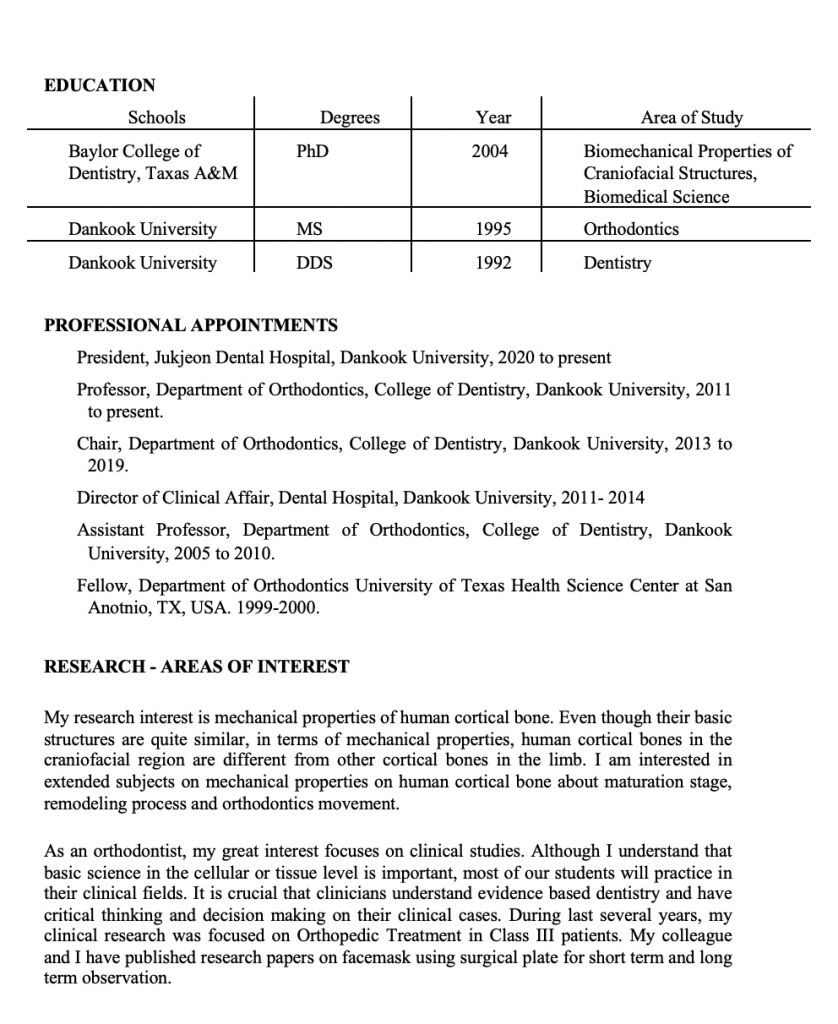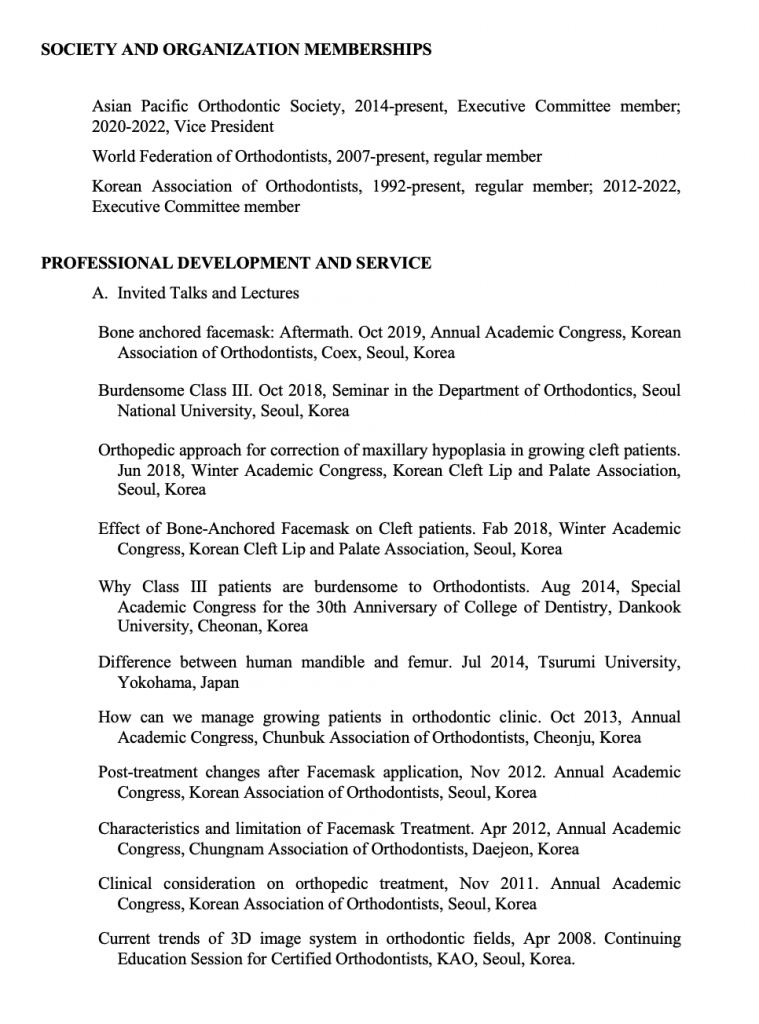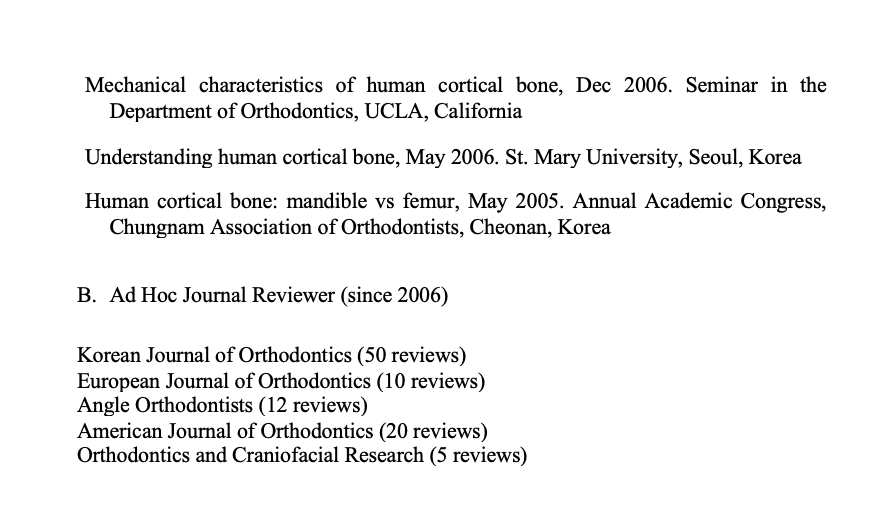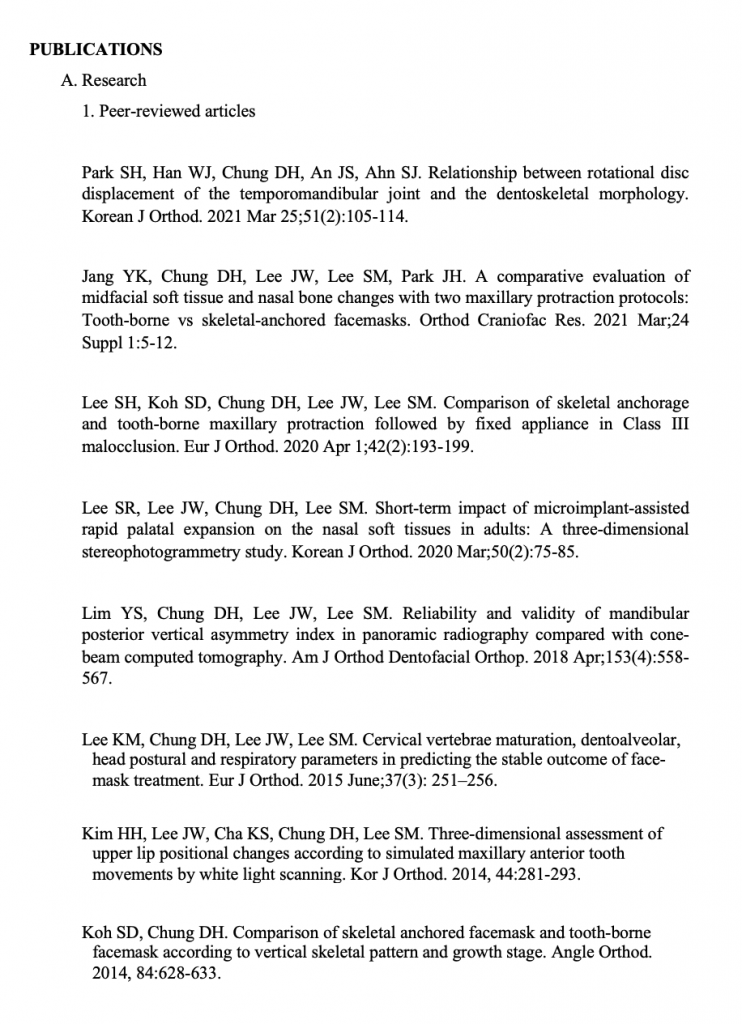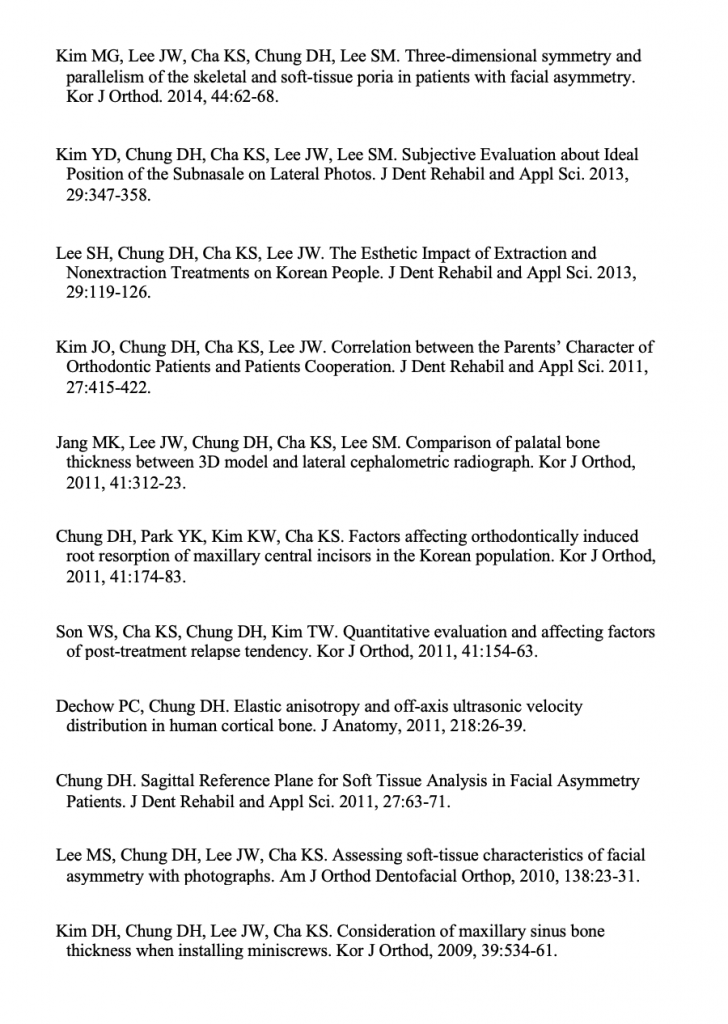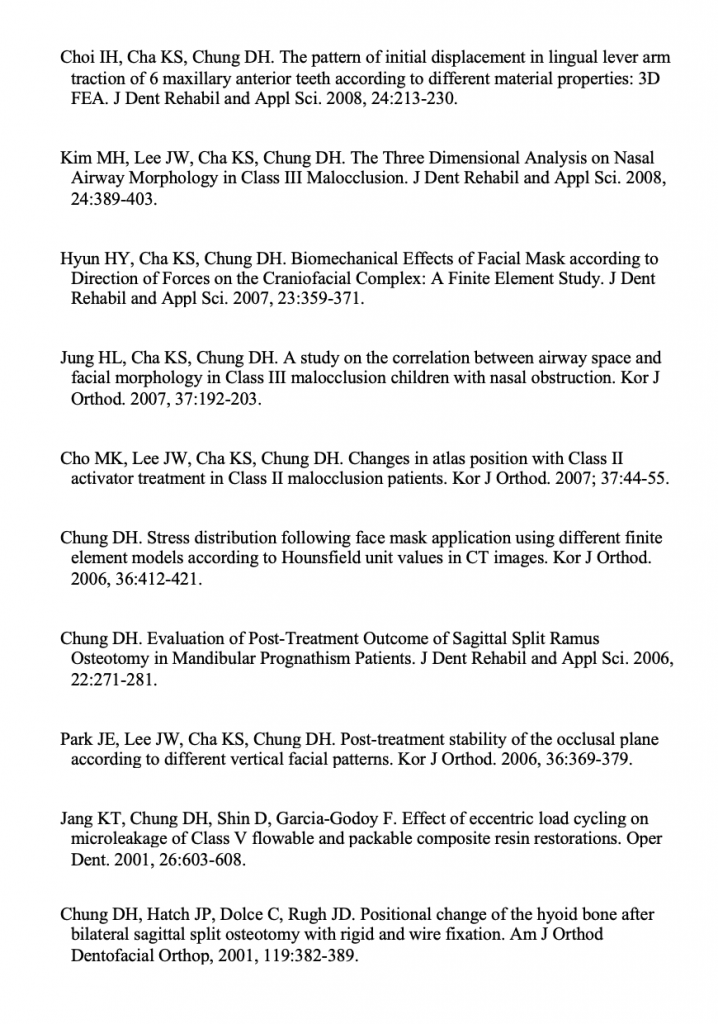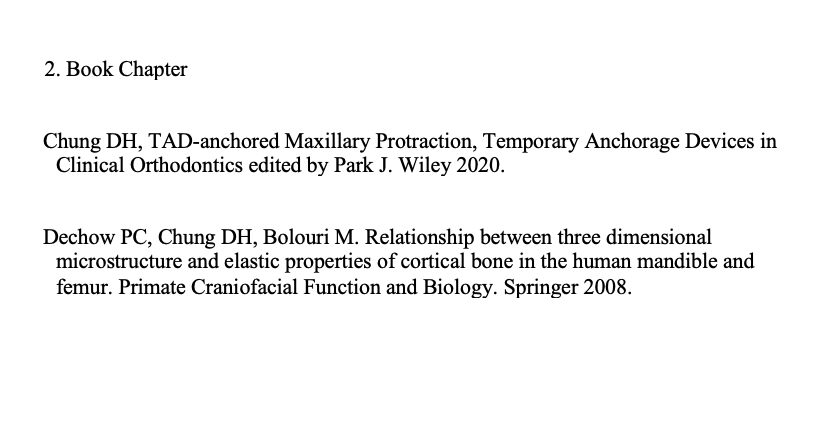HỘI NGHỊ KHOA HỌC THƯỜNG NIÊN HỘI NẮN CHỈNH RĂNG VIỆT NAM
Dong-Hwa Chung, DDS, PhD ???? ???????? ????????? ???????????: ????-???? ??????????? ??? ??? ???????? ??????????? In growing Class III patients, the orthopedic approach is regarded as one of the most challenging types of treatment in orthodontics. Although many orthopedic methods to correct this skeletal discrepancy have been proposed over the last several decades, their efficacy and […]
Dong-Hwa Chung, DDS, PhD
???? ???????? ????????? ???????????: ????-???? ??????????? ??? ??? ???????? ???????????
In growing Class III patients, the orthopedic approach is regarded as one of the most challenging types of treatment in orthodontics. Although many orthopedic methods to correct this skeletal discrepancy have been proposed over the last several decades, their efficacy and efficiency remain questionable. This is because mandibular development, a key factor in Class III malocclusion treatment, is mainly achieved during the pubertal growth stage following phase I therapy. If an orthodontist finishes a patient before he or she is fully grown, this would be “immature finishing” due to the remaining mandibular growth, which can substantially affect the result of treatment during the retention period. For these reasons, there is a desire for a more definitive and predictable treatment for Class III patients. Skeletal anchorage has been proven to be a useful alternative that can overcome the limitations of conventional orthopedic therapy using dental anchorage. Bone anchored maxillary protraction with facemask can be achieved with bilateral insertion of miniplates either on the lateral nasal walls or zygomatic buttresses of the maxilla. The intraoral maxillary traction method also is convenient to use on young patients because it does not have an extra-oral element which makes them not to wear it. There are two separate skeletal anchorage locations for intraoral maxillay traction: the symphysial area and the infrazygomatic crest area. The protraction of the maxillary complex, including point A and Orbitale along with midface, through bone anchored devices is greater than the one achieved with dental anchorage protraction. I will present the long-term observation of ‘Bone anchored Maxillary Protraction’ and its clinical implication.
